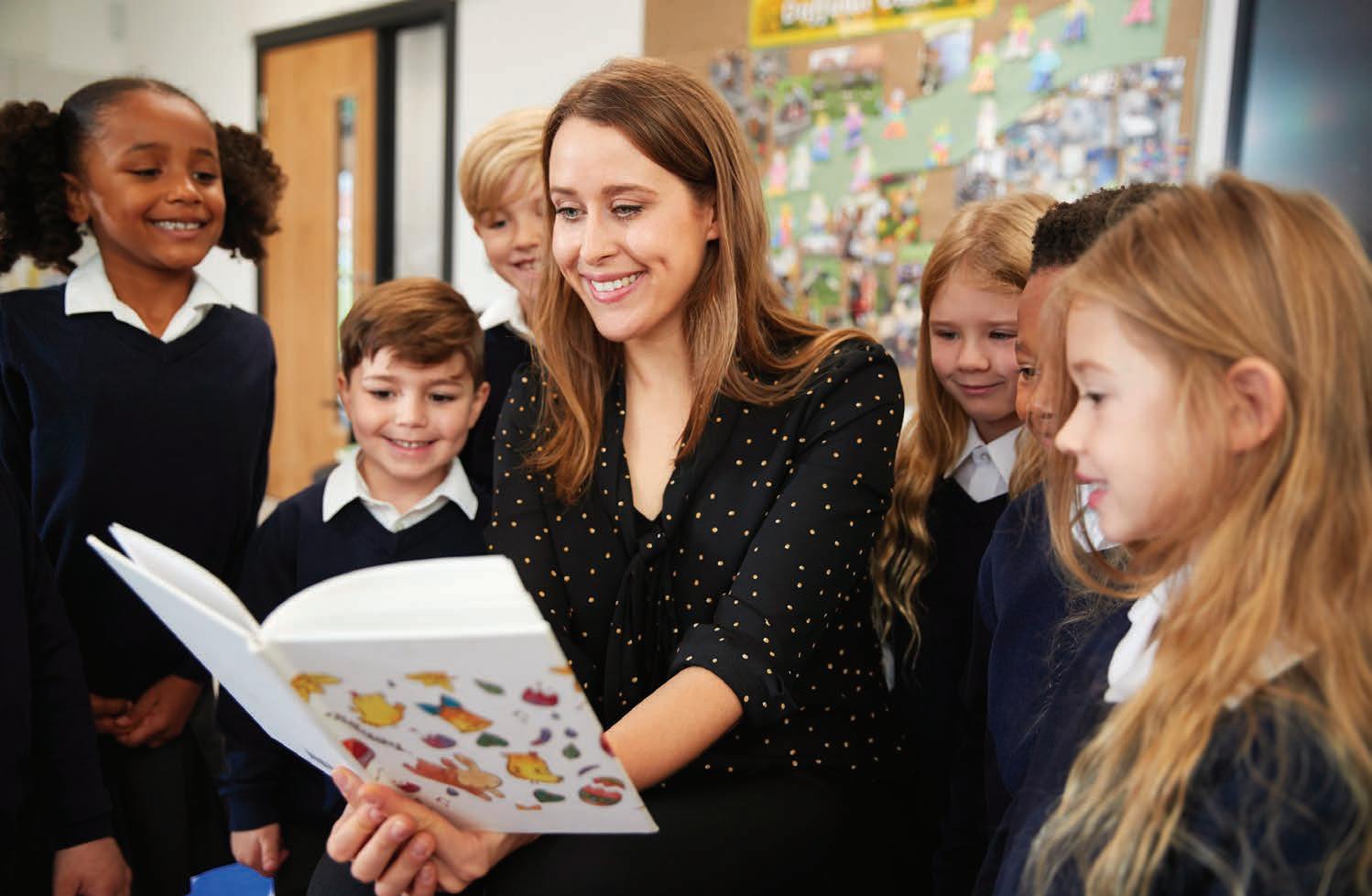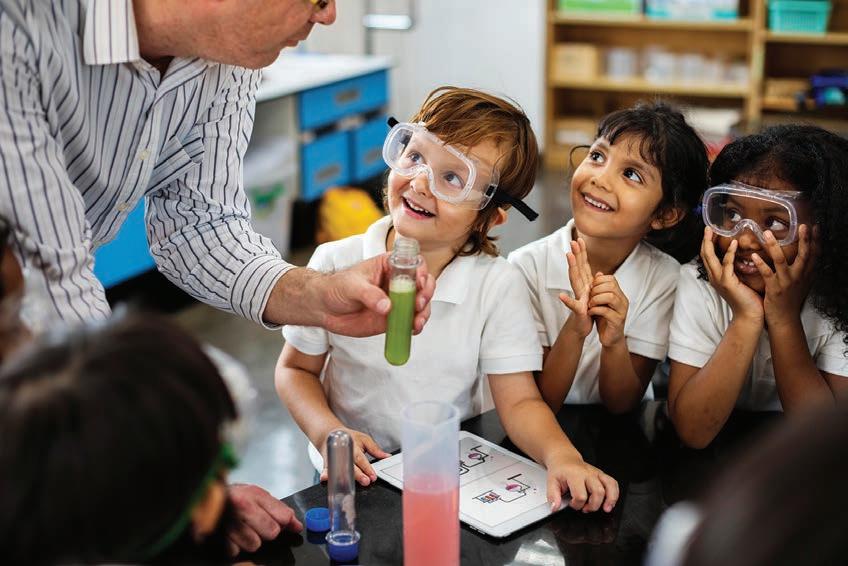
4 minute read
Supporting children and young people in times of transition
ReLATE positions schools to create safe, supportive and predictable teaching and learning environments.
Transition is change – supporting children and young people in times of transition
WITH THE SCHOOL YEAR COMMENCING AND THE ADAPTION OF OUR THINKING AND BEHAVIOURS AMID THE OMIRCON VIRUS IN AUSTRALIA, CHILDREN AND YOUNG PEOPLE ARE LEARNING MORE ABOUT THEMSELVES EVERY DAY WHEN IT COMES TO ADAPTING IN THE FACE OF CHANGING CONDITIONS.
As teachers work hard to create safe and predictable environments for their students, external to school factors can have a positive or negative impact on students depending on how they handle adversity and the supports in place during this time.
Ben Sacco, National Lead – Program Development and Implementation, talks to Education Matters about how transition times can create stress for children and discusses strategies to help reduce the overwhelming nature of change.
“Whether it be walking through the school gates for the first time as a new Prep student, starting Grade 4 at the same school as the year before, moving interstate due to family relocation or entering a school for the first time as a Year 11 student. Simply put, what comes with these scenarios is the need for the conditions around the individual to be one of psychological and physiological safety,” he says.
“Feeling safe keeps us calm and minimising the possibility of a heightened stress response triggered by the absence of well thought-out and implemented transition strategies is just one of many goals of our Reframing Learning and Teaching Environments model at The MacKillop Institute.”
Sacco says one key strategy schools could implement to reduce stress caused by change is providing clear information about the day or week ahead for students.
For example, this could be done through letters to students or parents explaining the structure of the day or week or a short form school handbook that helps to identify key things one needs to know.
“In times of change, not having clarity or an understanding of what is coming next can send a signal to our bodies that we feel unsafe and therefore through the activation of our stress response, we respond with fight or
flight,” Sacco says.
“We want teachers and schools to have a transition structure that is well thought out and provides predictability and a consistent approach. Due to a number of unforeseen circumstances, the structure of a regular school day could change suddenly, including situations outside a school’s control, which is why we focus on how we establish the conditions that helps students learn how to regulate their emotions and respond in a constructive and calm way.”
Sacco says this can be achieved through a number of resources and materials, including written and visual cues or activities that are age-appropriate and developmentally sound. The MacKillop Institute works with schools frequently providing teachers with the tools, knowledge, skills and resources that enable them to be cognisant of the impacts of adverse experiences such as transitions and its impact on engagement, learning, health and wellbeing. ReLATE positions schools to create safe, supportive and predictable teaching and learning environments.
“Our skilled ReLATE consultants work directly with schools, to provide bespoke implementation based on the individual schools’ needs. ReLATE follows a three-year implementation cycle, with annual professional learning to deepen

Through the MacKillop Institute’s program, teachers and students become more trauma-informed.
and embed staffs’ understanding of adverse childhood experiences and trauma-informed practice,” Sacco says. “Our team provide school level reports and baseline assessments so that efforts are translated into real outcomes. We aim to make real, measurable and lasting change in schools to better the teaching, learning and wellbeing of not only students but staff, leaders and the whole school community.”
The MacKillop Institute works with schools frequently providing teachers with the tools to help with change.
Another strategy Sacco says great teachers already do is actively listen to students and being attuned to their needs at transition times, asking a student how they feel about school and what kind of support would they like to access. Two-way conversations are powerful, no cost strategies. Schools just need to be willing to create the time to connect and tune into what is really going on for children.
He says by seeking consent to progress a conversation that centres around the child or young person’s concerns or worries, it’s possible to notice a decrease in their stress almost immediately because they feel heard, valued, validated, and seen.
“A teacher can have the best approaches that they will feel will work best for students based on the latest research but let’s not forget that each student is an individual human being,” Sacco adds.
“They respond differently in situations. What might generate stress for one student might not stress another at all. By promoting student voice and agency, they feel empowered and regain some degree of control which we all need in times of uncertainly.” EM

Schools wanting to understand the ReLATE model are invited to attend a free online information session, or contact The MacKillop Institute directly. Dates for upcoming sessions can be found at The MacKillop Institute website.










